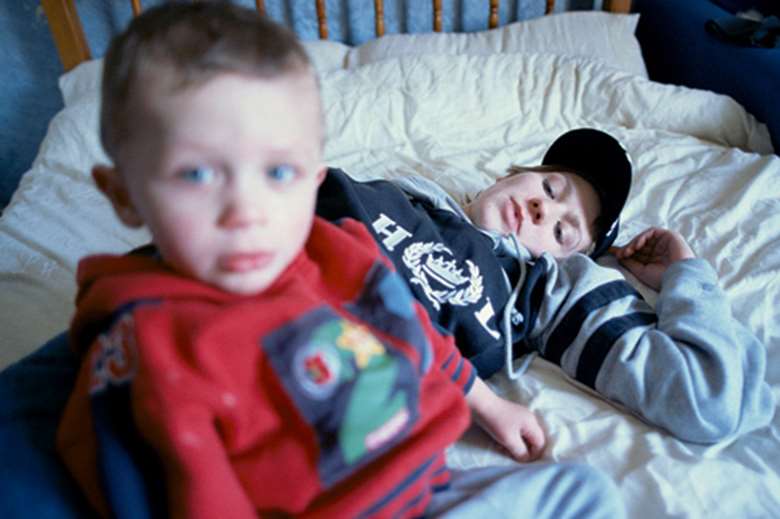Child poverty map reveals extent of deprivation across UK
Gabriella Jozwiak
Wednesday, February 20, 2013
Campaigners are warning that child poverty rates could rise in future as a result of welfare reforms and spending cuts, following the publication of a UK child poverty map.

The map, included in a Campaign to End Child Poverty report, details poverty rates across local authority areas and parliamentary constituencies, showing how more than two thirds of children are classified as living in poverty in some areas of the country.
In terms of local authority areas, the map shows that the London Borough of Tower Hamlets is worst hit, with 42 per cent of children living below the poverty line, followed by Manchester, where the proportion of children living in poverty stands at 38 per cent.
Poverty rates by parliamentary constituency reveal stark differences between areas. In London, the constituency of Poplar and Limehouse has a child poverty rate of 41 per cent, compared to just seven per cent in Richmond.
Although the statistics do show a drop in the number of children in poverty, Enver Solomon, chair of End Child Poverty, warned that welfare reforms and local authority budget cuts threatened to make life harder for children and families.
“Local authorities are having to deal with reduced budgets but they have critical decisions to make,” said Solomon. “We’re calling on authorities to prioritise low-income families in the decisions they make about local welfare spending, including spending on the new council tax benefit, and on protecting families hit by the bedroom tax.
“This week we have written to local authority leaders in the local authorities with the most child poverty, asking them what they will do to tackle child poverty in their local area.”
TUC general secretary, Frances O’Grady, said many of the areas identified as having high levels of child poverty were also those facing “huge reductions” in local authority funding as a result of government spending cuts.
“This will put vital support services for vulnerable children under tremendous strain,” said O’Grady. “Unless the government pulls back from these austerity measures, child poverty will become even more entrenched in already deprived parts of the country.”
Will Higham, director of Save the Children UK, added: “These are children growing up on the edge or missing out on basic essentials; a warm home, decent clothes and enough food. These are tough times but every child deserves a fair chance and a good start in life.”
Across Scotland, one in five children was found to live below the poverty line, while 43 per cent were classed as living in poverty in the constituency of Glasgow North East.
Jackie Brock, chief executive of Children in Scotland, said: “As budgets are set across the country, we hope that Scottish local authorities, health boards and other public services listen to what this research is telling us – that much more needs to be done to protect, and to help, those families living below the poverty line.”
The report meanwhile highlights the fact that the measure of relative low-income poverty, which includes children living below the 60 per cent median of household income, does not include housing costs. It warns that child poverty figures would be higher if measured after housing costs, particularly in areas where housing is more expensive.
The local authorities with the lowest levels of child poverty were found to be the Isles of Scilly and South Northamptonshire, which both registered rates of less than five per cent.




